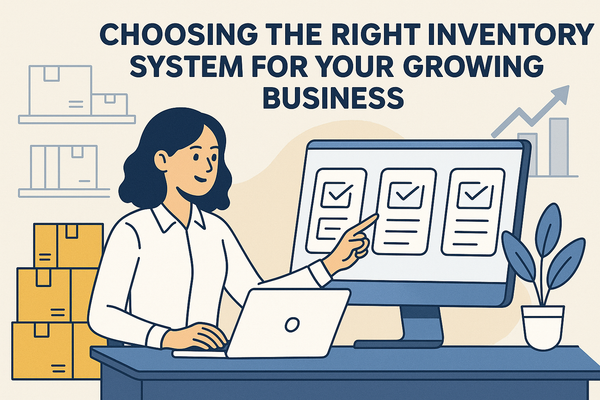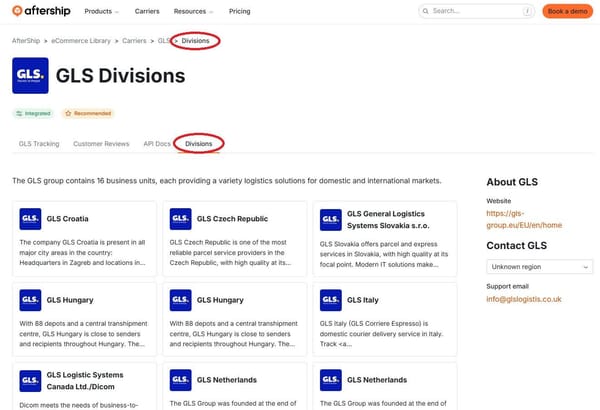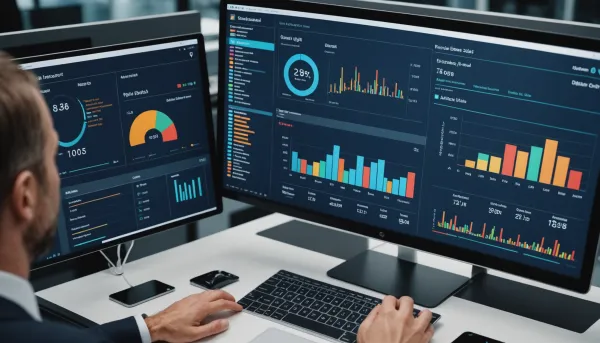ERP Software: The antithesis of small business
Why small businesses regret moving to a 'proper' system
Small businesses eventually run into systematic issues during rapid growth.
Working out of email, spreadsheets and e-commerce software eventually leads to problems in data management.
It’s at this point where enterprise resource planning (ERP) software is considered.
The ERP Sales Process
ERP sales feel like doing a deal with the devil. The sales process is amazing, they show you infinite possibilities. "This is going to be the software to completely transform our company."
Then finally, the contract is signed and the implementation process begins.
Welcome to hell.
The Transition
During sales, everything is possible.
During implementation is where you realise everything isn’t actually possible, unless you’re willing to fork out an extra chunk of money for customisations. ERPs often estimate the average time of transition to be around 3–6 months for small businesses, sometimes reaching 18 months for much larger companies. Like all projects, these estimates aren’t real, and it’s very common to measure implementation time in years rather than months.
Living with an ERP
Those initial weeks of the new system are pure chaos. Often, the ERP isn't a clean transition, so double entries into both the old and new systems are common, doubling the work for your staff.
The business runs slower. Staff didn’t pay attention to the mandatory training sessions because they were too busy doing their actual job, so it’s only when they're forced to use the system that they realise all the problems that should’ve been considered before launch.
Eventually, staff get the hang of things. However, due to the rigidness of the system, the business still runs slower than before the ERP. The red tape surrounding each feature forces users to work for the system, rather than the system working for the business.
It’s too late now. This is the new reality for the business.
The Power of Switching Costs
In '7 Powers: The Foundations of Business Strategy,' Helmer identifies the power of 'switching costs,' using SAP as an example of having a large base of poor customer satisfaction, yet 89% choose to continue to use the system.
"Once ERP is integrated into a client’s business, employees have sunk the cost of learning to use this system, relationships have been established with the new service team… and investments have been made in compatible software to customise the system to the client's needs."
The cost of switching is often greater than the poor ERP performance, leading businesses to think about the software like Australian politics: "they're all bad, you just have to choose the least terrible."
Why ERP fail for most small businesses
Evaluation of speed and accuracy
ERPs are built for huge teams. They expect rigid processes, strict data discipline and staff who only do one role. Most legacy ERP software has terrible interfaces as the risk to update anything in the system is huge.
Small business is lean. Automation is everywhere. Staff wear multiple hats, from sales to accounting. It's all about speed, and getting the job done no matter what.
The difference in valuation of speed and accuracy is what creates the incompatibility. Every company wants to be efficient and correct, but in reality, one needs to be prioritised.
Value needs to be visible
Staff want to do their job. If their job becomes more difficult due to additional processes added, they will be less efficient. They have to see the value in the systems, otherwise they will refuse.
As an example, a sales team who is used to working out of their inbox, will only use a CRM if it ‘feels’ like it makes their lives easier. If the additional process of entering data in a new system does not provide enough value, it won’t be done. Which will result in a barren CRM, eventually becoming a useless CRM.
Further, enterprise software is extraordinarily expensive. Often, the base product isn’t enough for a business, no matter how small, so customisations and add-ons become the norm. These are carried out by an implementation team that charges you at least $200/hour for simple tasks like pressing a button to import a spreadsheet that your staff spent three days creating.
So if staff aren’t seeing any benefit, then it’s very likely the owner will see negative value.
When does ERP work?
ERP works when accuracy and control matter more than speed. When you have large teams of 30 people in specific departments, and everyone is specialised in their role. It can be great there.
For most modern small businesses, ERPs cause more problems than they solve.
Thanks for reading! Subscribe for free to receive new posts and support my work.




